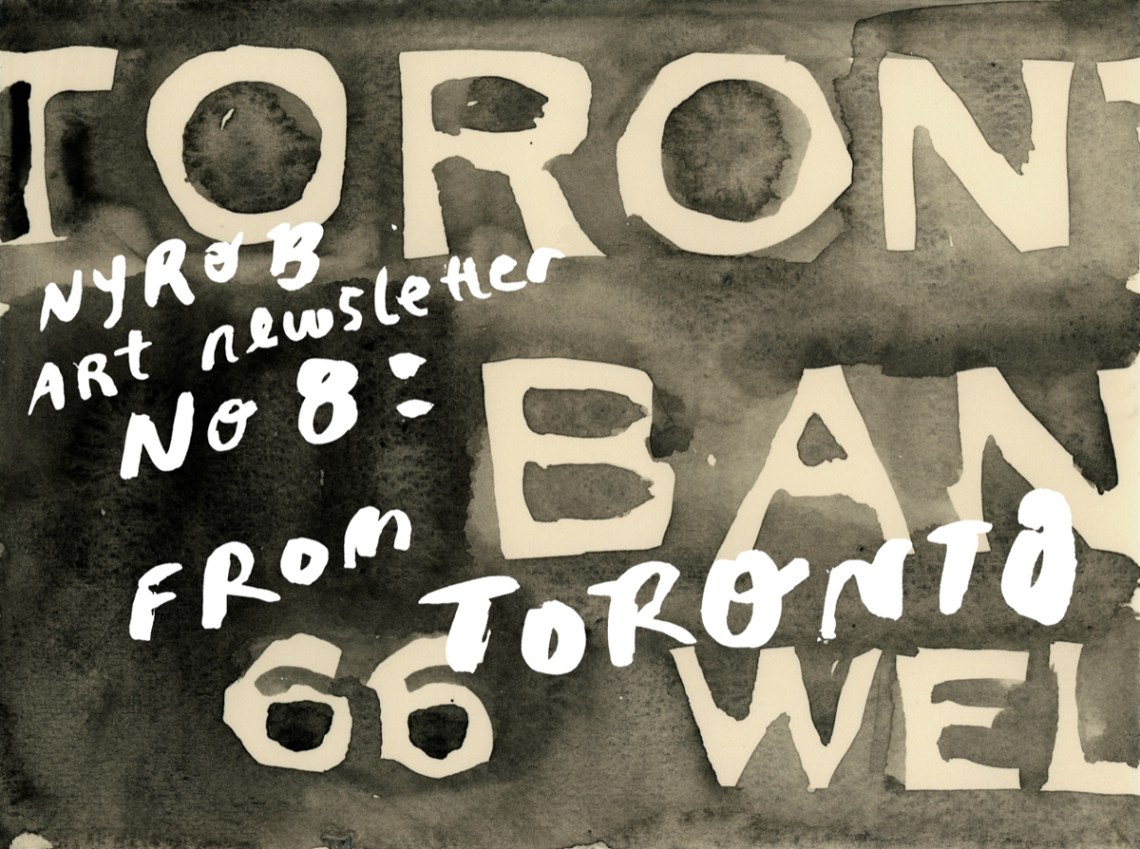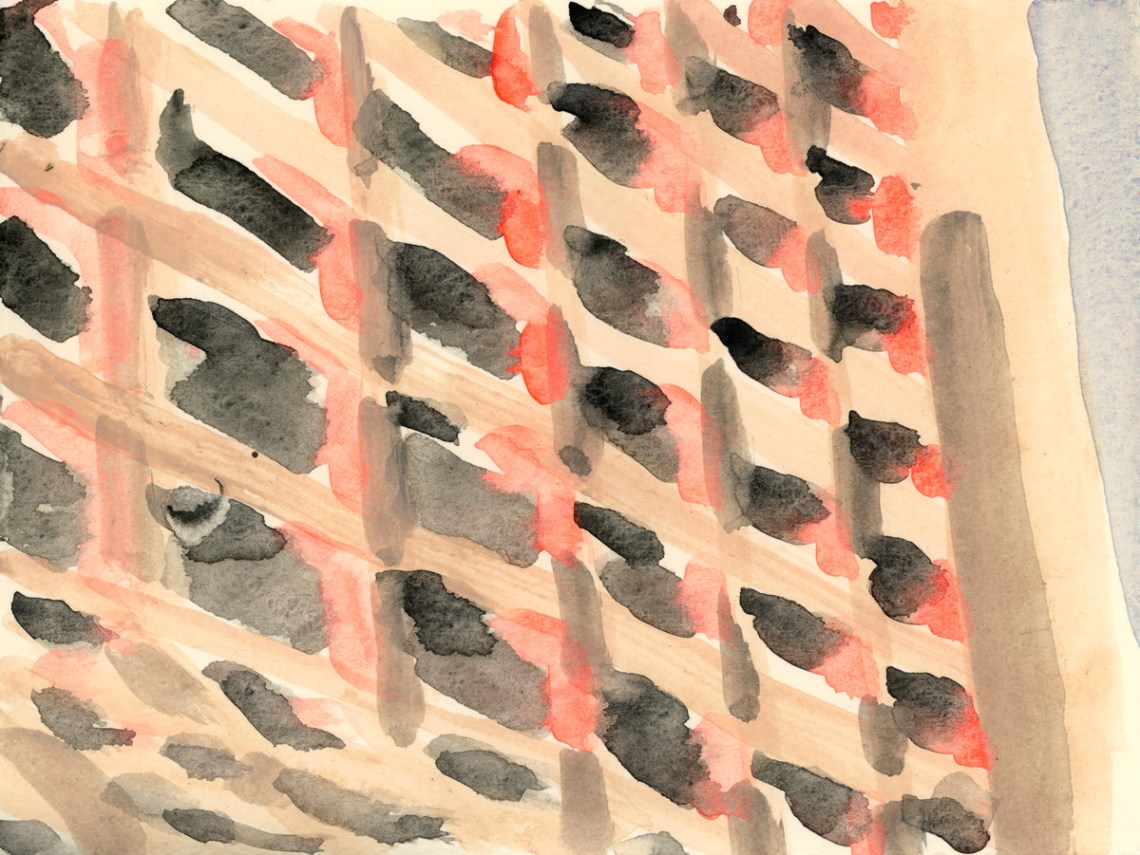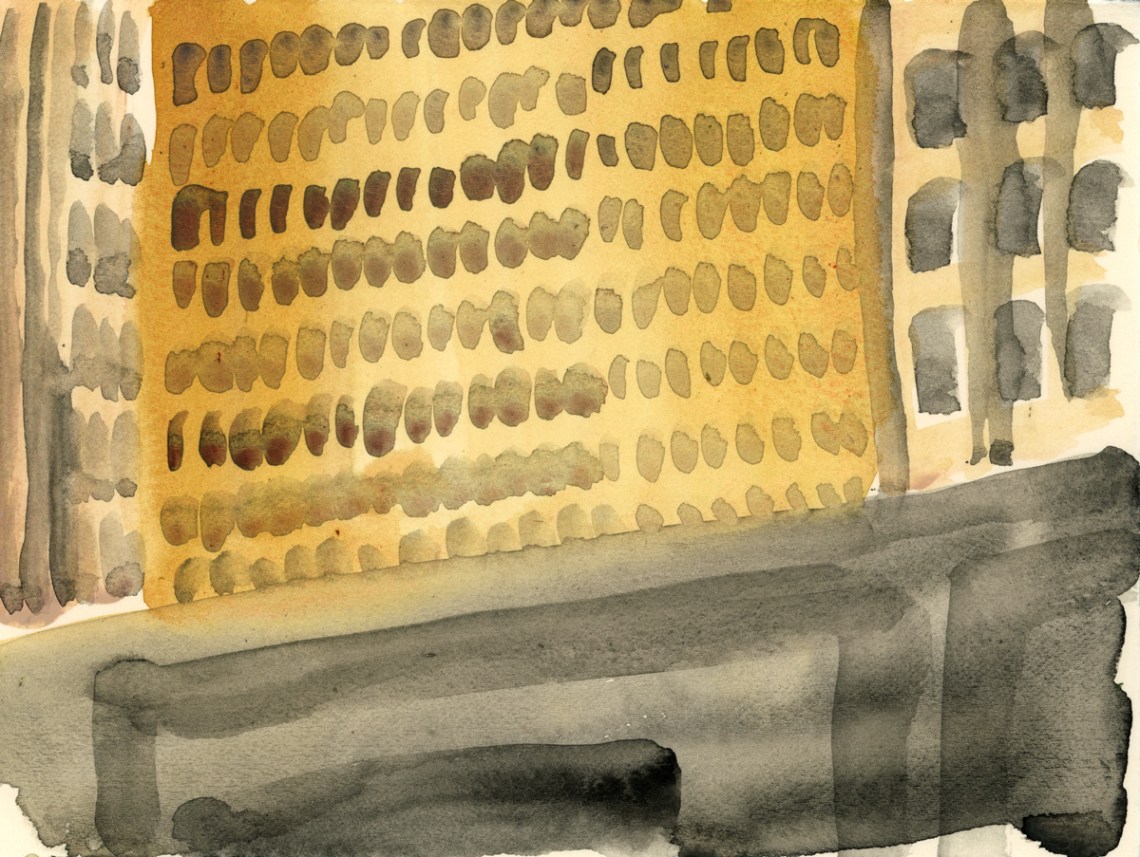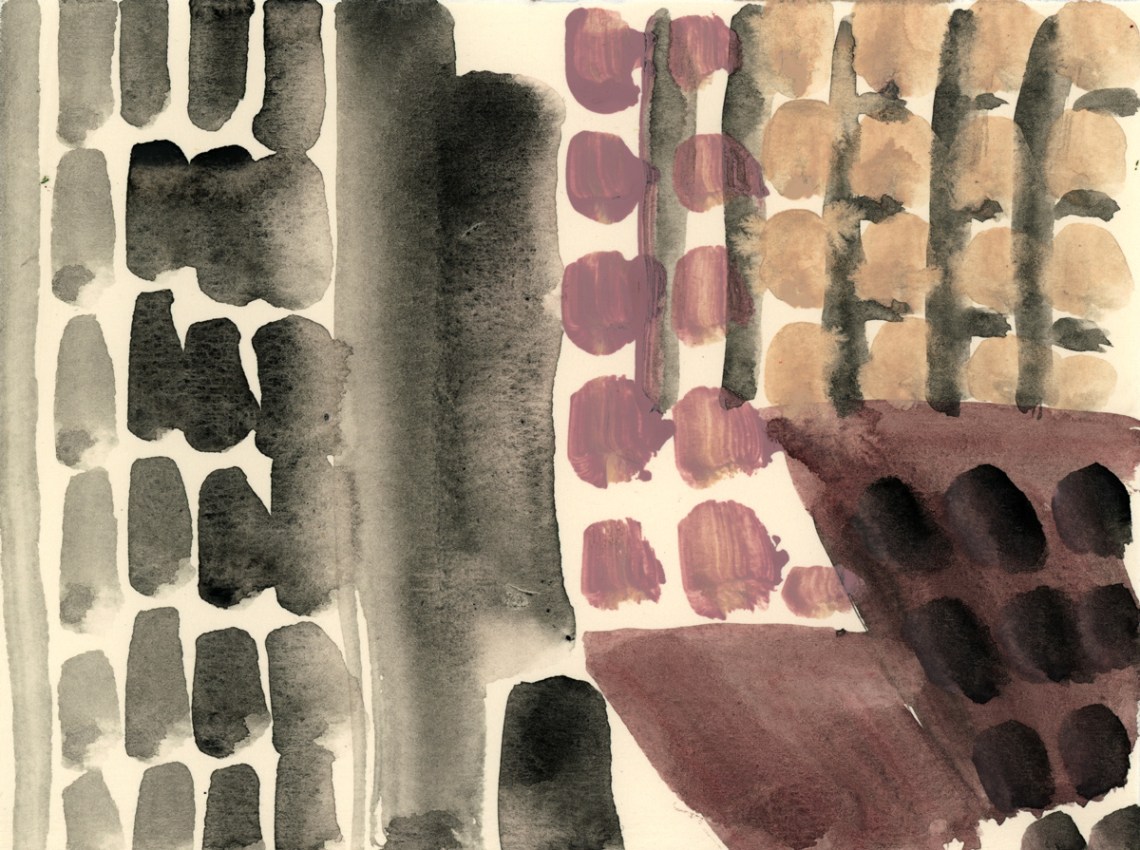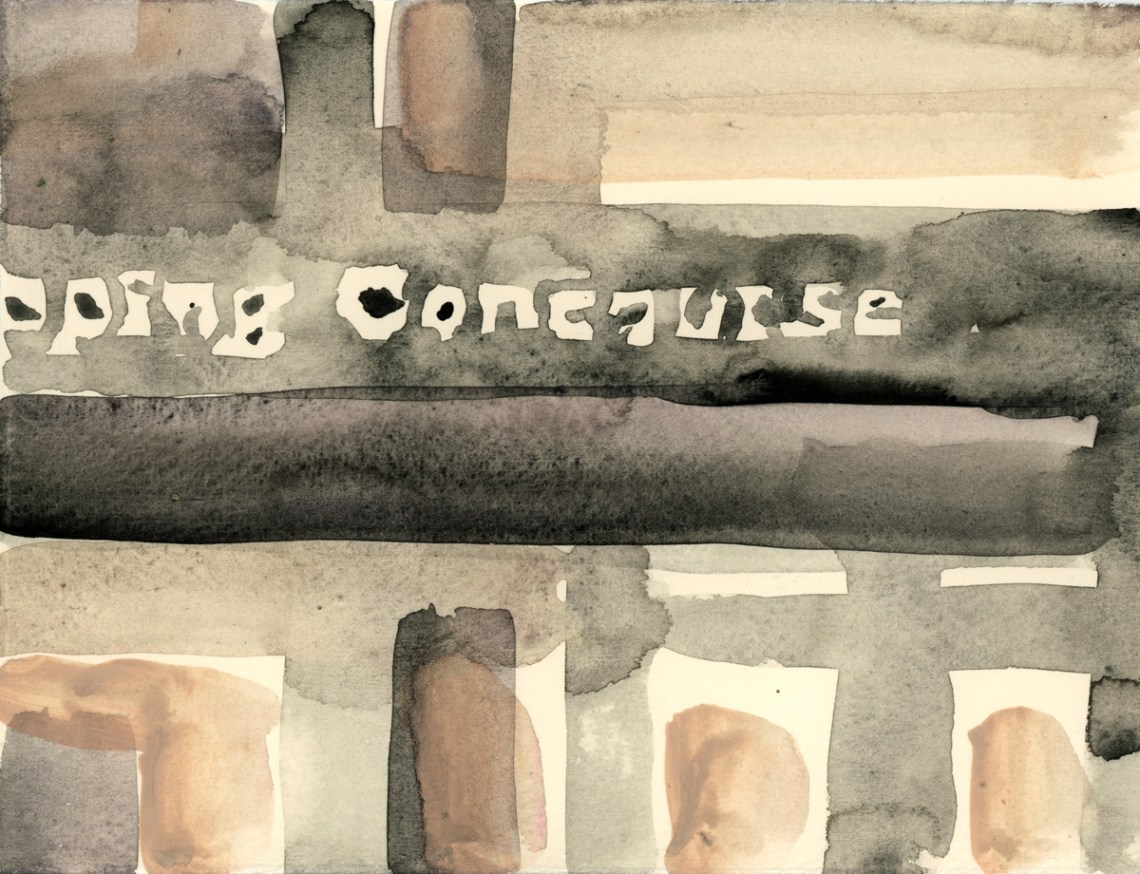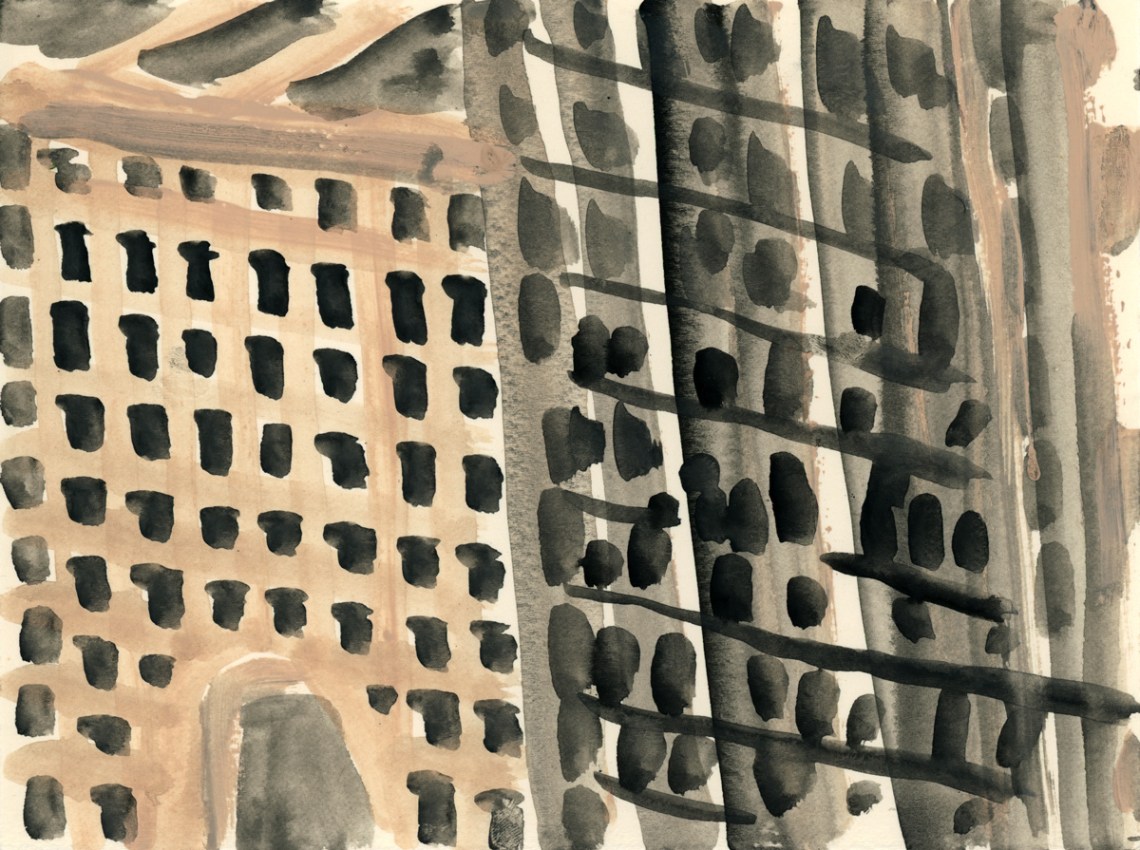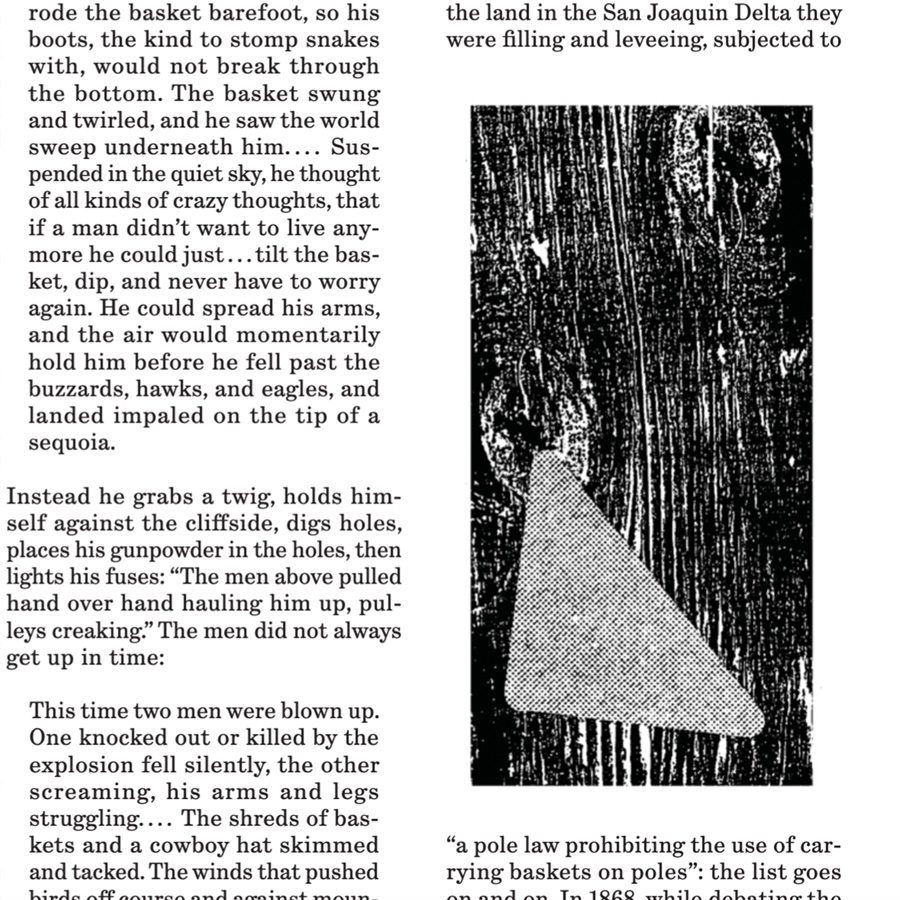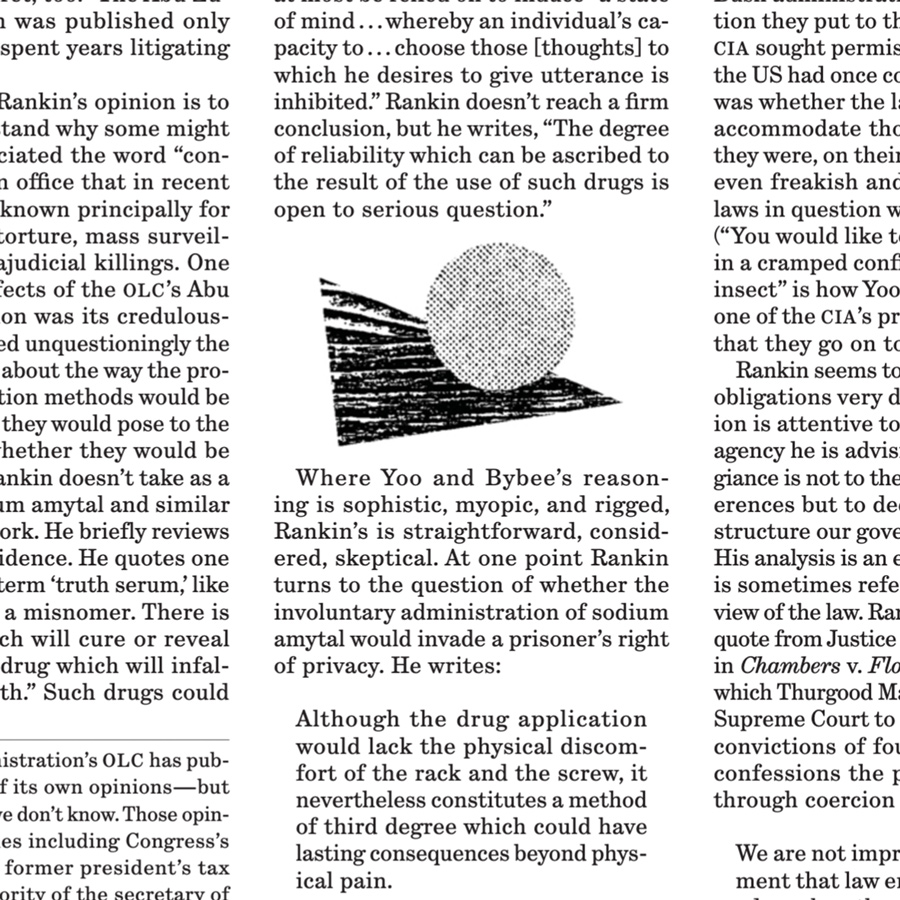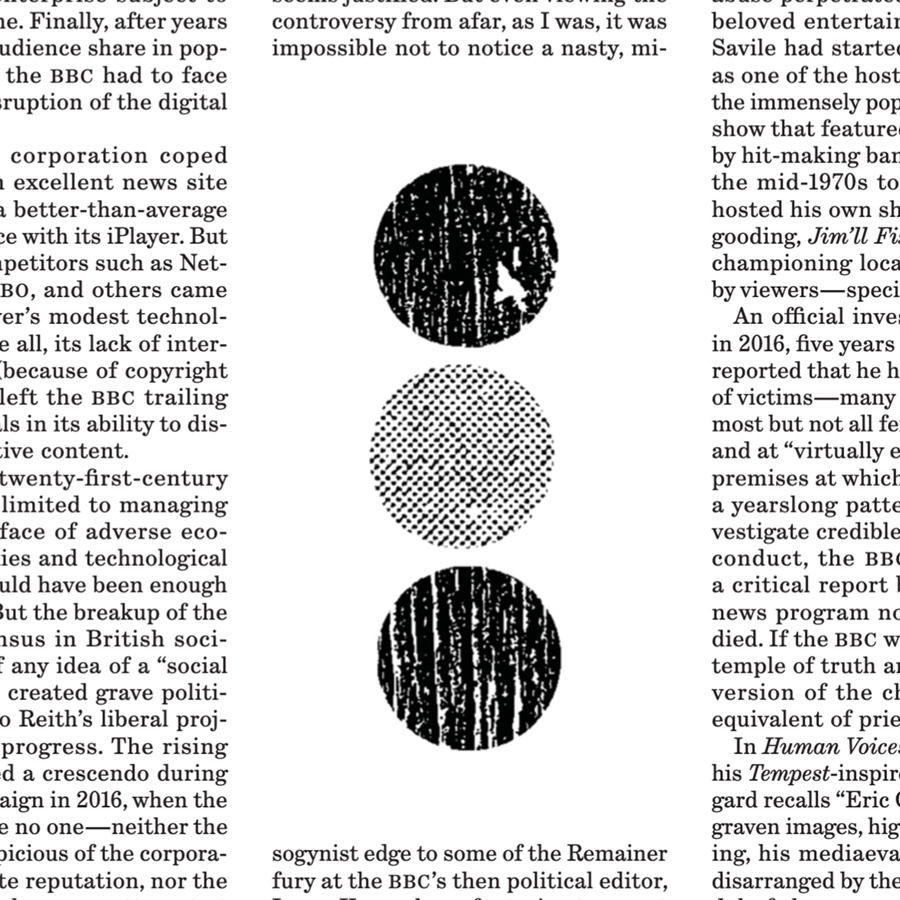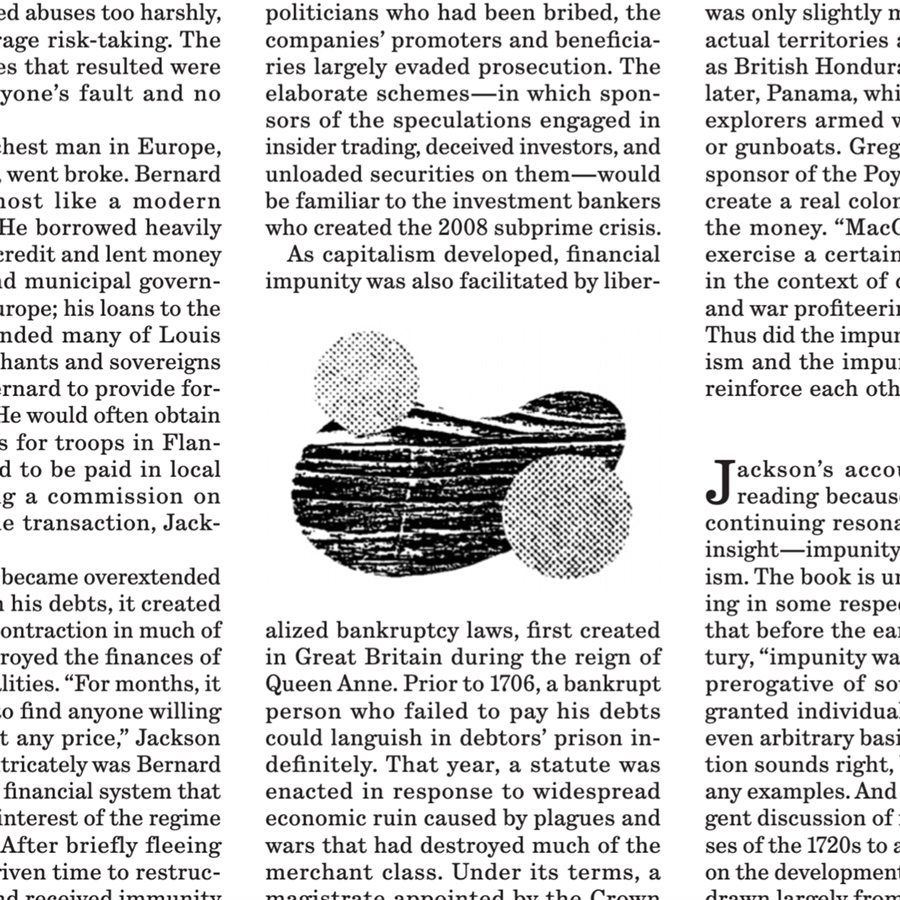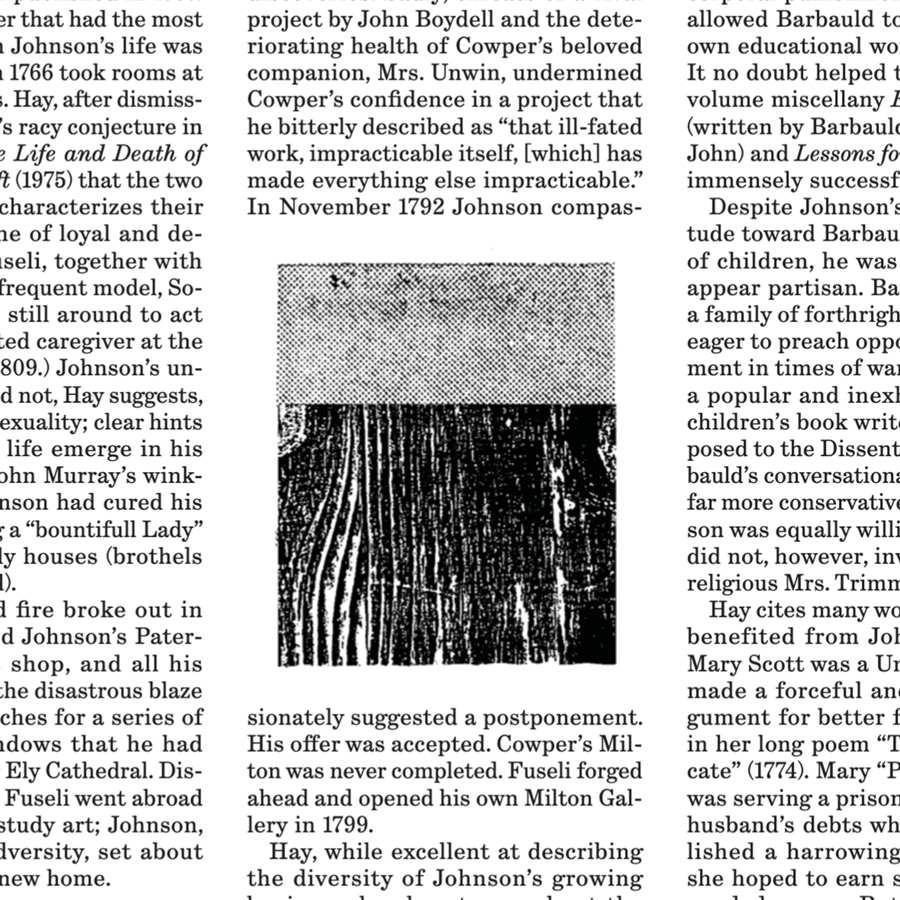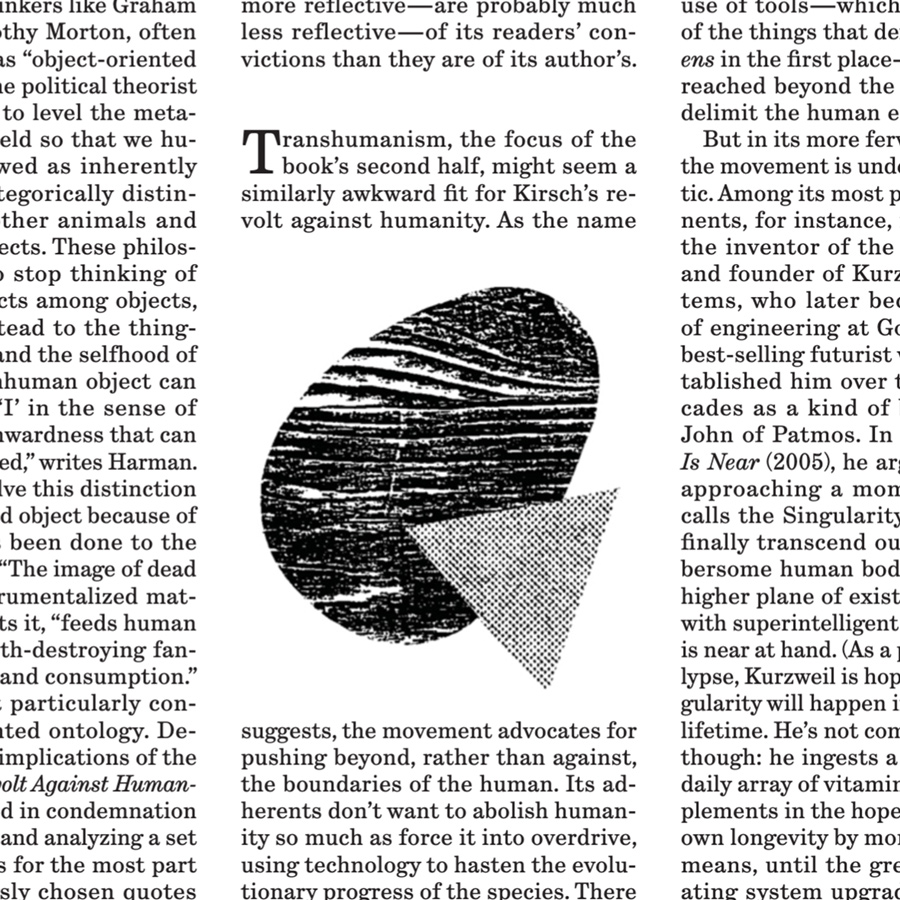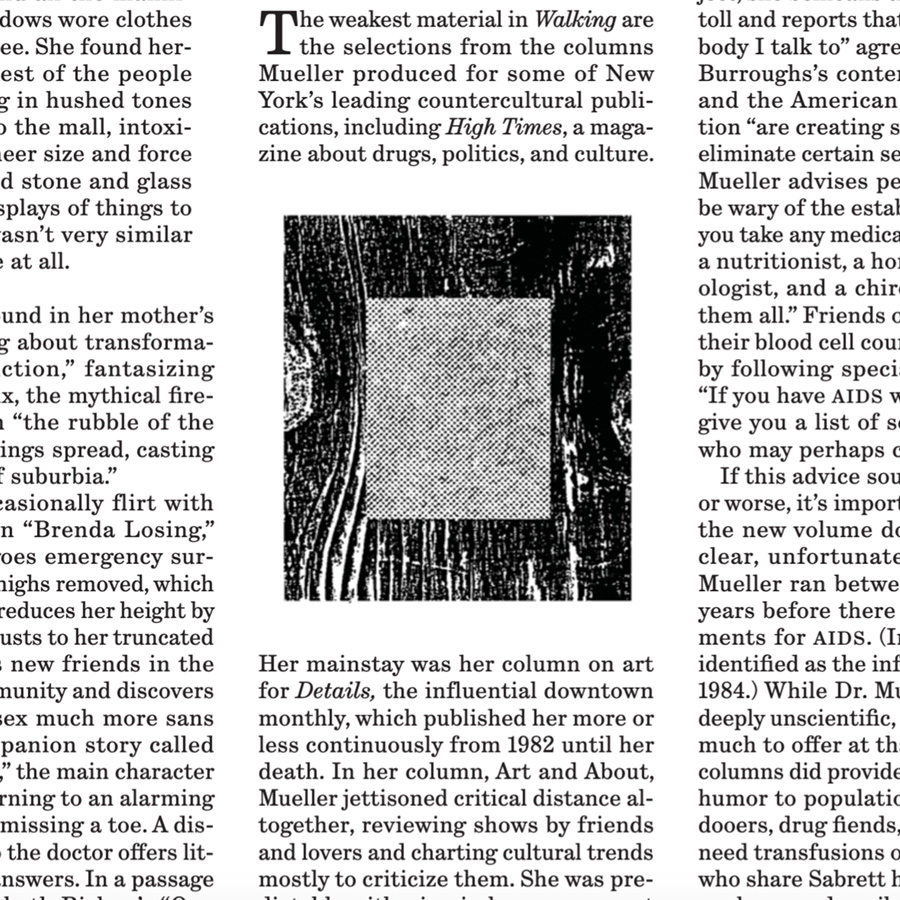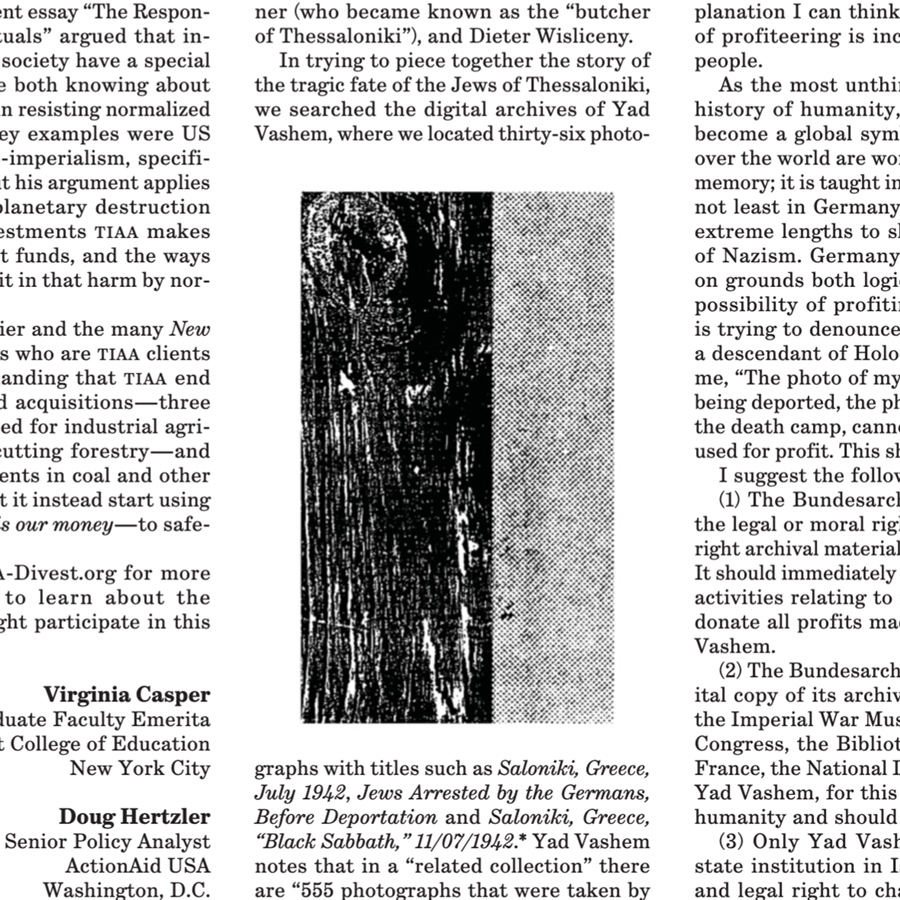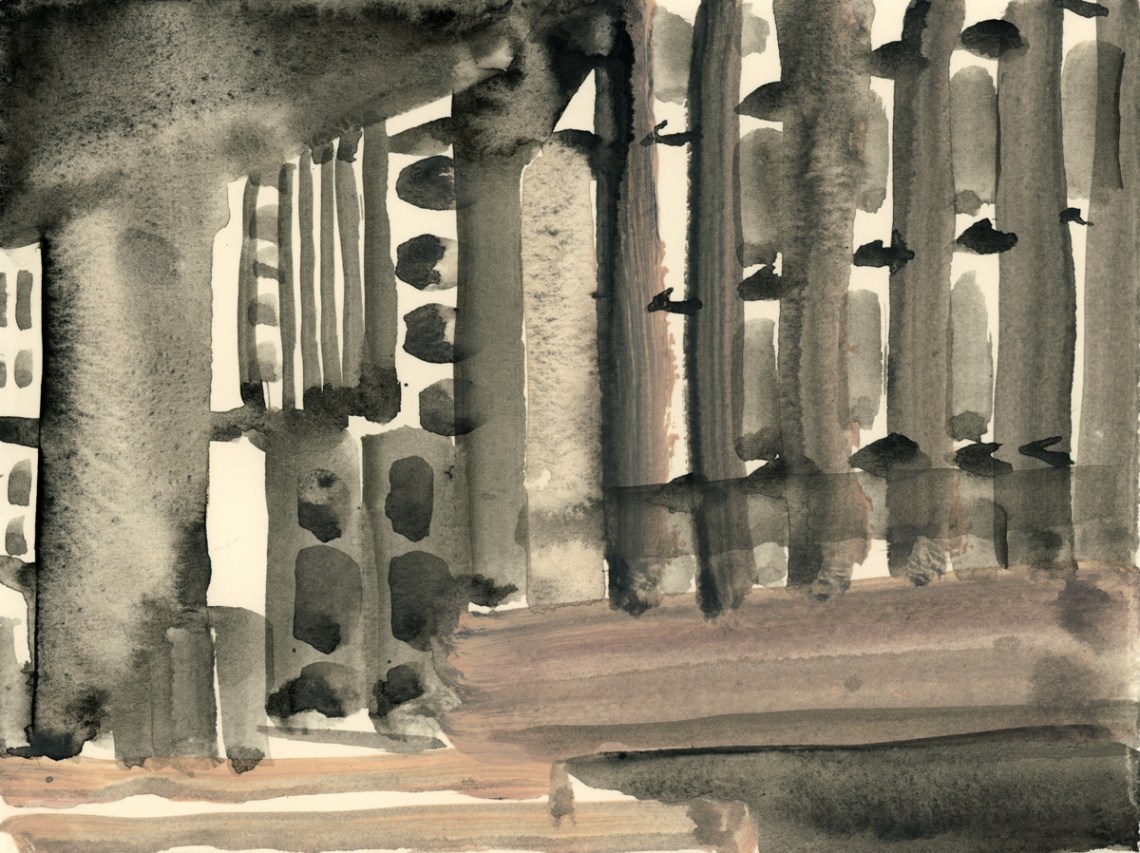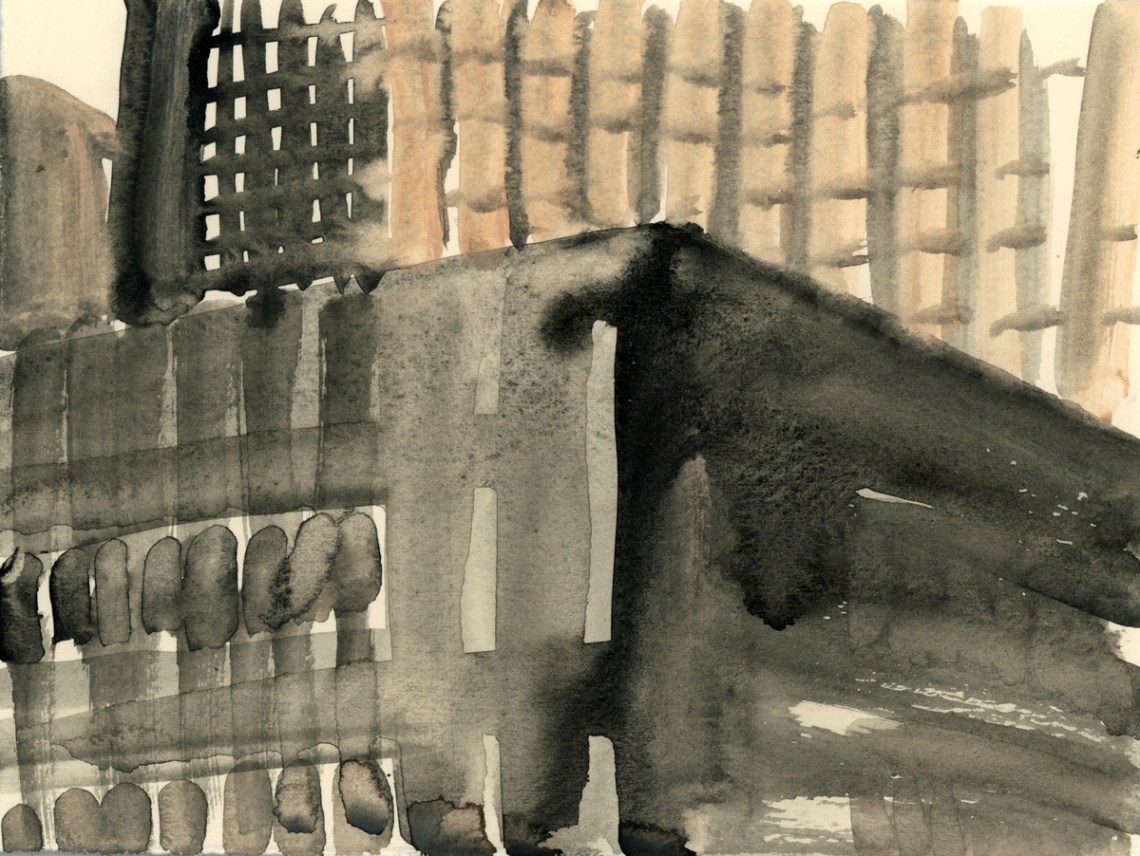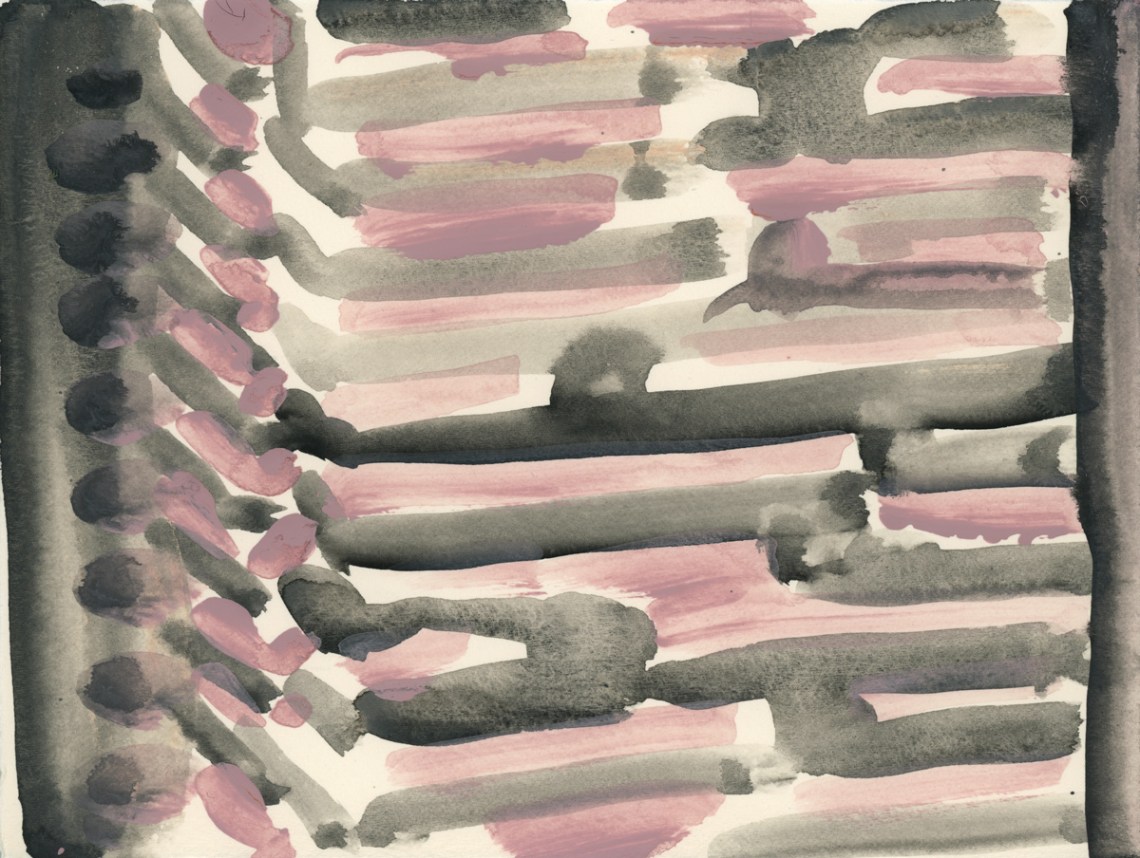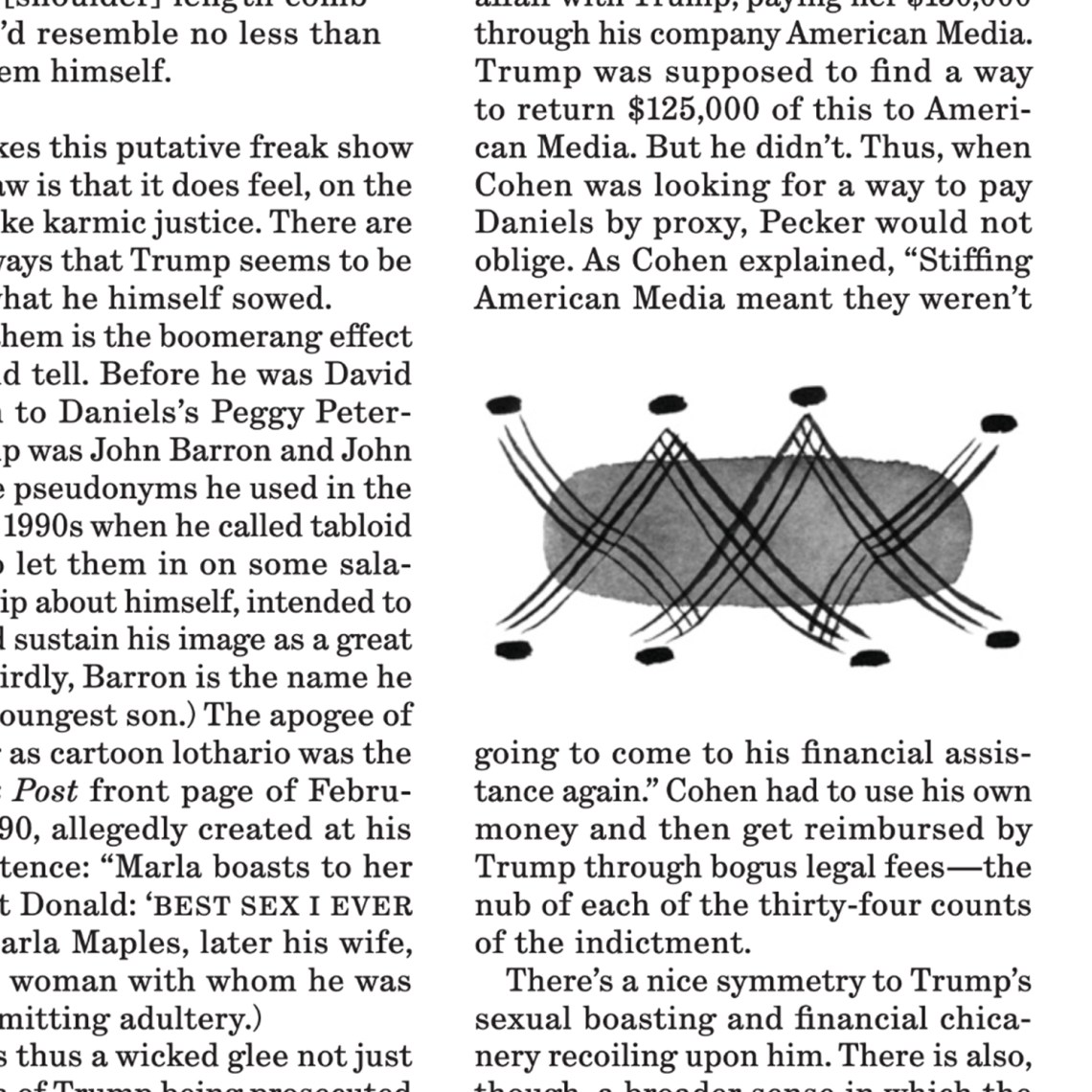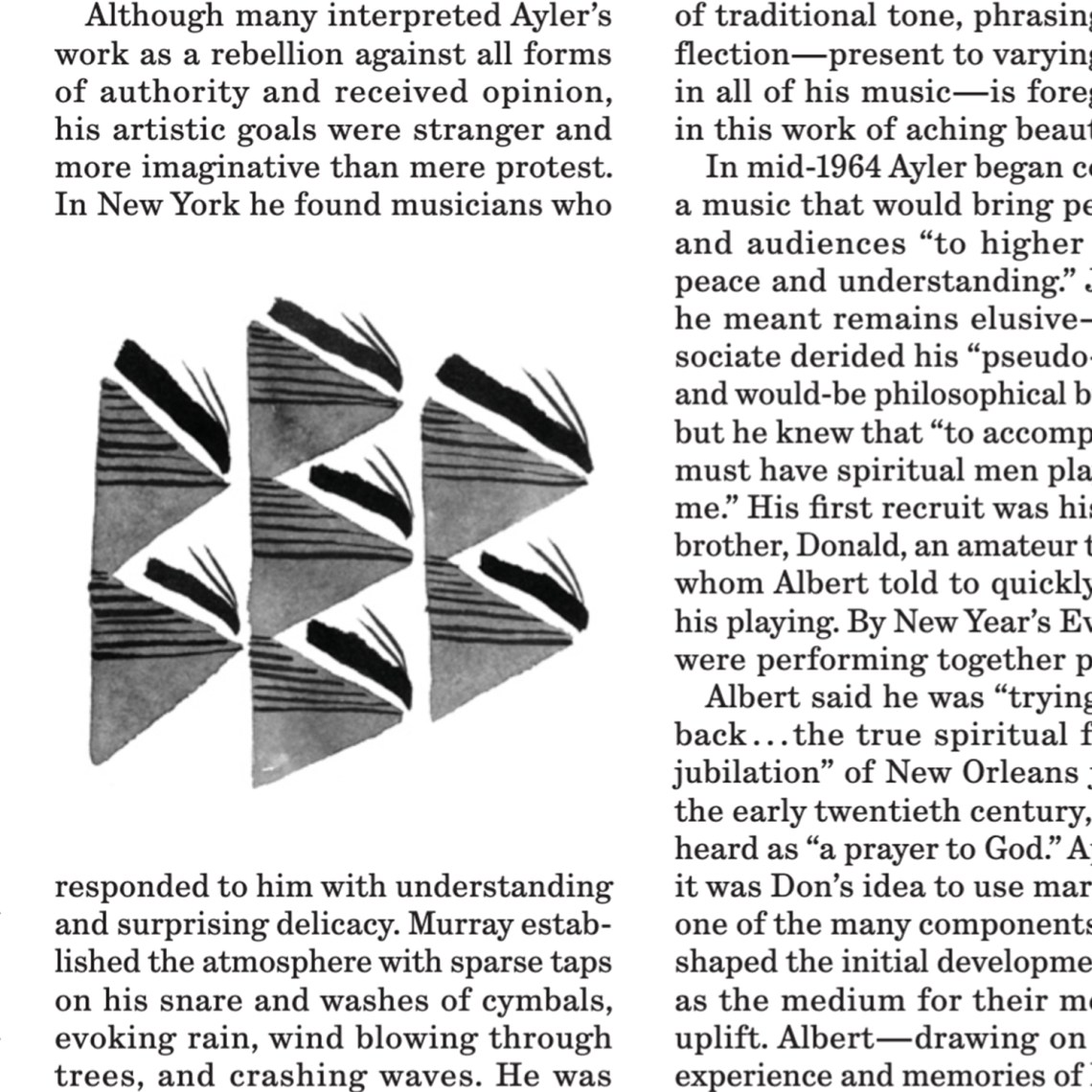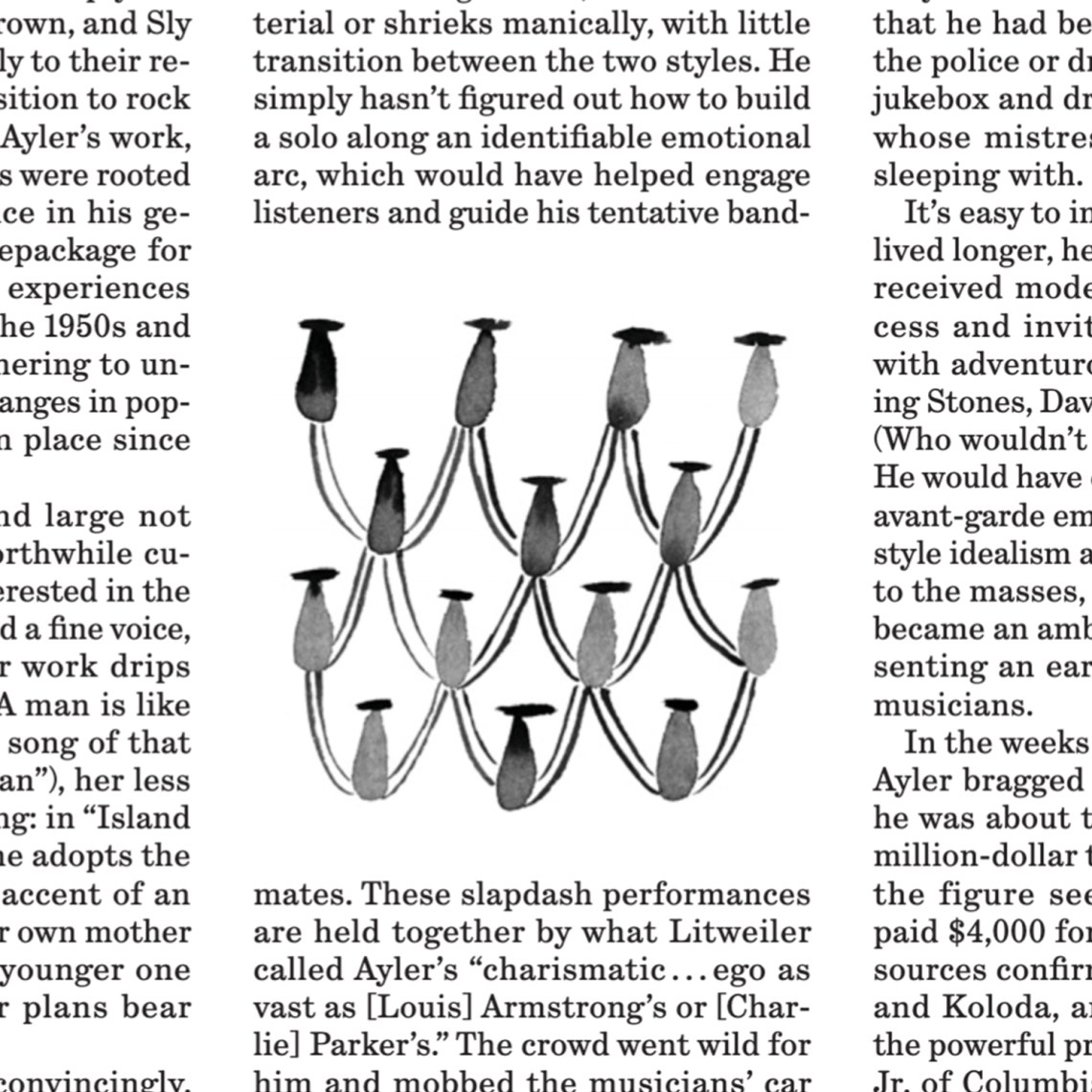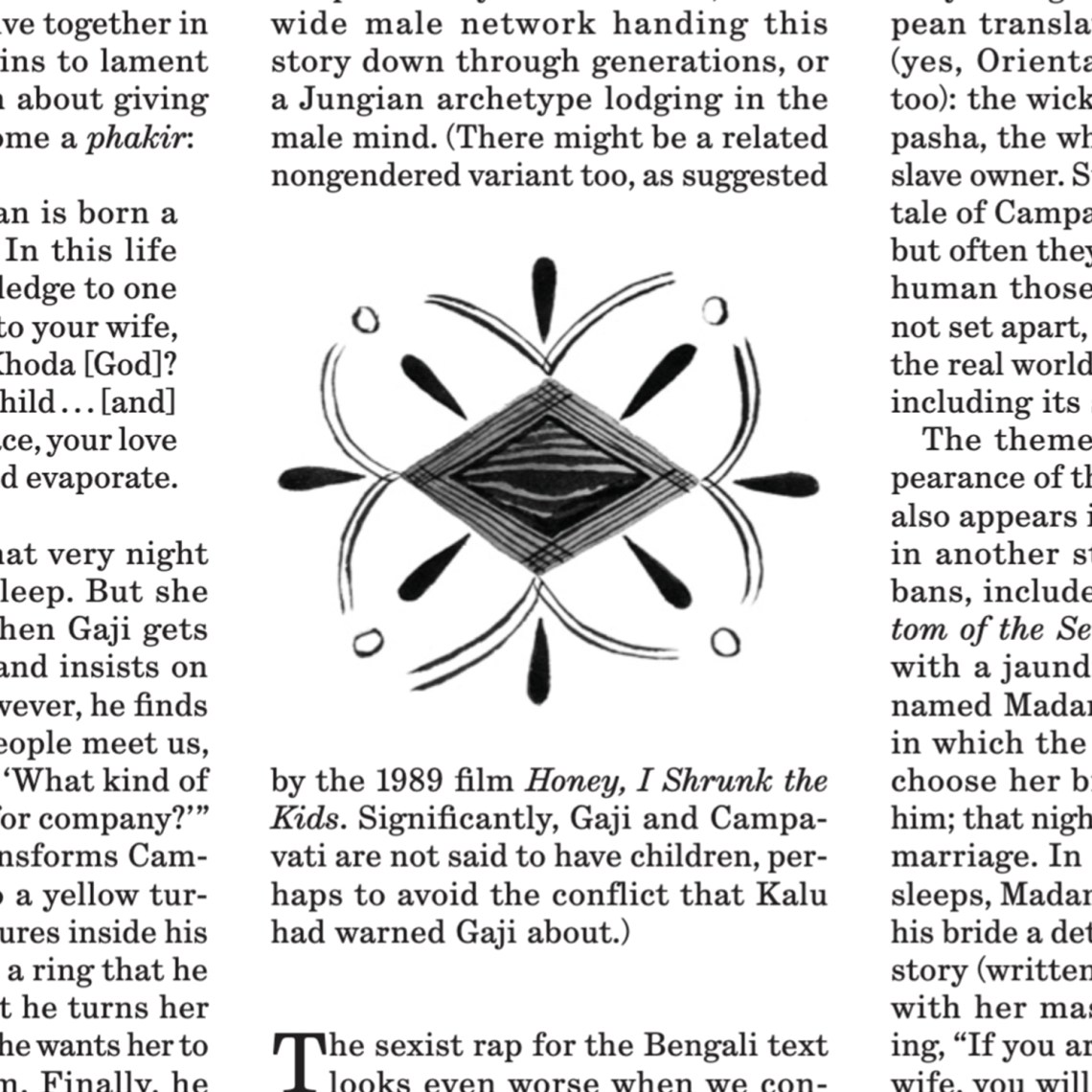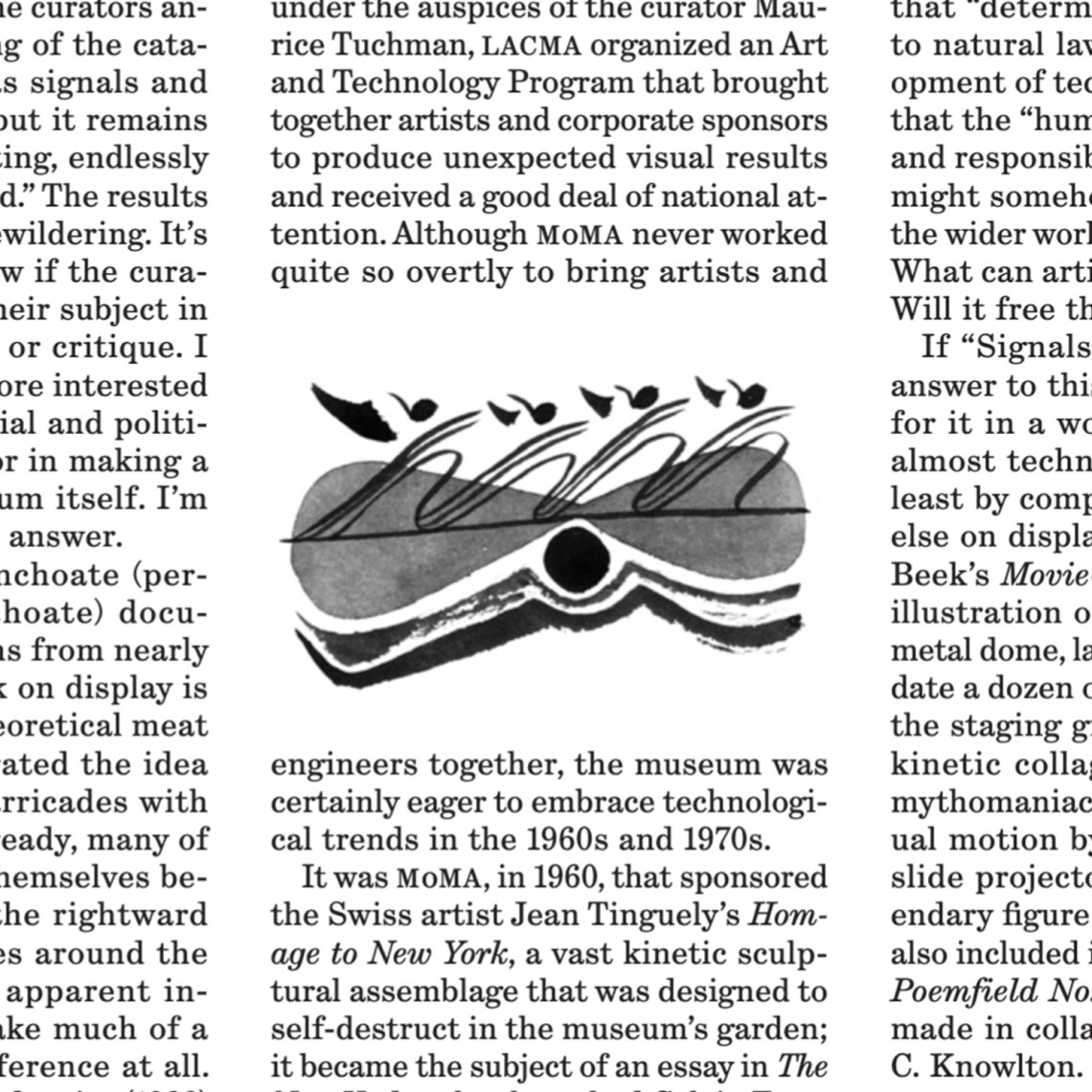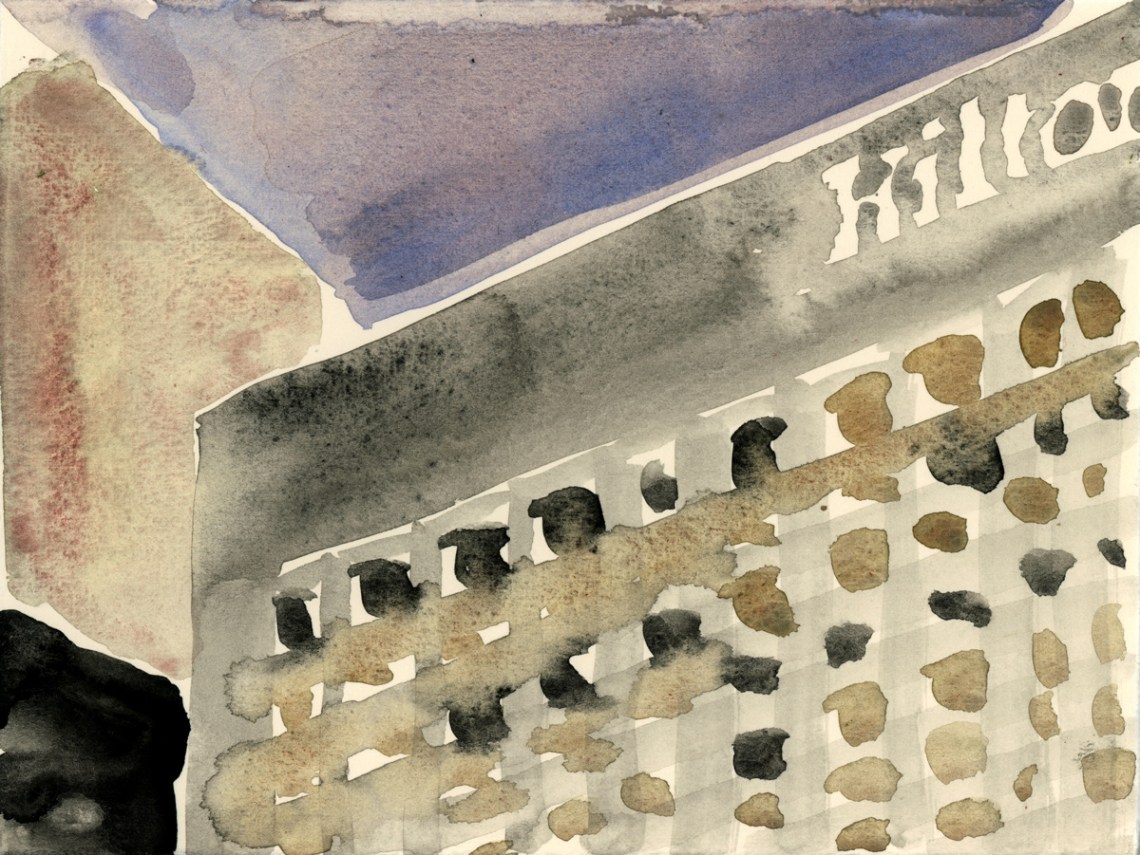We closed the April 20 issue during my daughter’s spring break, which we spent on a trip to Toronto, my hometown. She hadn’t seen her Canadian extended family in four years. I read a handful of articles on the quick flight north, and we landed at Toronto Island Airport amid light snow flurries. I worked from one end of my brother’s kitchen table while she ate hot cross buns, learned how to use my sister-in-law’s pottery wheel, and took walks to the variety store to buy candy with her three teenage cousins.
Our April 20 cover is a painting by the London artist Kes Richardson. My boyfriend had texted me a picture of one of Richardson’s paintings months ago, and I made a mental note to try some of his work in our template. When I contacted him about a piece I liked, he told me—to my surprise—that it was the one piece that hadn’t sold in a show, and he’d painted over it. He suggested some other equally beautiful paintings. We chose Scout, which he’d shown at a 2020 show in Mallorca. I was pleased that the work of a London-based artist would be featured on the cover of the London Book Fair issue.
Inside, the first review is by Cathleen Schine, of Maxine Hong Kingston’s writing. I asked Joana Avillez—who last drew Virginia Woolf and Vita Sackville-West for us—for a portrait of Kingston. Avillez is probably best known for her social satire and visual essays, but she does a great portrait when called for. I loved the likenesses she drew for Women at Work, a 2017 collection of interviews from The Paris Review. I’d recently run into her at Picture Room, the gallery we share, and made a mental note to try to get more of her drawings in our pages.
While my daughter was trampolining at a Sky Zone in the suburb I grew up in, I got sketches for a portrait of Namwali Serpell for Rumaan Alam’s review of her second novel, The Furrows. Michelle Mildenberg, a Bogotá-born, London-based illustrator, depicted Serpell (who recently won this year’s American Society of Magazine Editors Award for Reviews and Criticism for an essay she wrote in our pages) in a sweater embellished with elements from her novel.
Often I’ll look at pictures of a writer’s face and see who might come to mind for a portrait, and this is what I did for Ruth Margalit’s review of Anton Shammas’s novel Arabesques. Shammas, a Palestinian writer often photographed in a fedora, put me in mind of the Cuban American artist Edel Rodriguez, who last drew Francisco Goldman for us and who recently illustrated Time magazine’s cover story on Trump’s indictment.
I sunk into Michelle Nijhuis’s essay about boglands and swamps in recent books by Annie Proulx and Laura Martin. We were able to illustrate it with a piece by one of my favorite painters, Ivon Hitchens. His Marsh Water (1960) runs across the top of the page and perfectly illustrates Proulx’s essays about “moors, mires, morasses, quagmires, and muskegs,” as Nijhuis writes.
Halfway through our visit to Toronto we moved from sleeping on my brother’s floor to a hotel in Toronto’s financial district. Working from our room on the eighteenth floor, I got sketches from the Parisian illustrator Emmanuel Pierre for Miranda Seymour’s review of Dinner with Joseph Johnson, Daisy Hay’s book about the eighteenth-century publisher and early supporter of Mary Wollstonecraft. Pierre, who last illustrated a review of Terry Alford’s history of spiritualism for us, gives dining rooms, drawing rooms, and society figures a wry twist.
For Manisha Sinha’s review of three books about the history of black citizenship, I made six miniportraits of some of the activists: Samuel Cornish, Henry Highland Garnet, Richard Allen, Absalom Jones, Frances Ellen Watkins Harper, and James McCune Smith.
The series art in the issue is by one of our regular contributors, Alain Pilon, who made abstract wood-grain and screen print compositions that he called “The Calm Before the Storm.”
One of my favorite Canadian landmarks, depicted in these watercolors, is the Toronto Dominion Centre, a 1967 five-skyscraper complex by Mies van der Rohe that makes New York’s Seagram Building look like a Tinkertoy. One day my daughter and I had lunch in the restaurant on the fifty-fourth floor and stopped to look at TD Bank’s art collection, which includes work by painters like Jack Bush, Lawren Harris, Jean-Paul Riopelle, and, in the South Tower, a gallery of work by indigenous Canadian Indigenous artists, including work by Shuvinai Ashoona, Brian Jungen, and Maria Hupfield. This was a perfect warmup for our annual Art Issue, which includes a great essay by Jarrett Earnest on the Canadian art collective General Idea. I began commissioning illustrations for the issue that afternoon.
Advertisement
The Art Issue cover is a drawing by Elizabeth Peyton, Omai (Afterlife) After Sir Joshua Reynolds’s Portrait of Omai, 1776. Omai, more accurately named Mai, was a Polynesian man who came to England with Captain James Cook in 1774. The National Portrait Gallery is currently raising funds to keep the painting up in the UK, and Peyton’s drawing is part of that campaign. Peyton’s version will be on view in Angel, an exhibition at David Zwirner London that runs June 7–July 28.
We got another rose-colored portrait inside, to go with Nicole Rudick’s review of three novels by the French writer Anne Garréta that were recently translated into English. After seeing some portraits by the artist Scott Csoke, who did our November 3, 2022, cover, on Instagram, I asked them if they’d draw Garréta.
For Fintan O’Toole’s essay on Trump’s indictment I asked the ever-sharp Tom Bachtell for some ideas. He gave us a sketch inspired by O’Toole’s characterization of the Trump “extravaganza,” and after a back-and-forth on whether the torch in his hand was meant to reference Lady Liberty or incite his followers (both!), Bachtell added velvet curtains.
Upon seeing a collection from the French publisher Banzai Editions of film posters made by the English artist John Broadley, I wanted to ask him to attempt a portrait. Instead, editor Andrew Katzenstein and I decided that Broadley’s inky, intricate, and narrativistic style—see the cover he drew for our 2021 Holiday Issue—might be perfect for Wendy Doniger’s review of a collection of seventeenth-century Bengali tales.
In 2021 I met Jazmina Barrera and made a special, limited-edition cover for her fantastic book Linea Negra, which Christine Henneberg reviewed in our July 28, 2022, issue. I also briefly met her partner, the Chilean writer Alejandro Zambra, and so was happy to do a quick portrait of Zambra for Ariel Dorfman’s review of the English translation of his novel Chilean Poet.
The filigree series art in the issue is called Ornament, and it’s by the Brooklyn-based artist, illustrator, and jeweler Kaye Blegvad, whose books, rings, and drawings I’ve long been a fan of.
Jonathan Mingle’s review of Porter Fox’s book The Last Winter reminded me of one of my favorite books (about my favorite season), Winter: Five Windows on the Season by Adam Gopnik, which is drawn from a series of lectures he gave at Toronto’s Massey College in 2011. Mingle’s mention of artificial snow reminded me of the Dutch artist Ruth van Beek’s series Houseplants covered with snow, which we assembled to illustrate the essay.
I read Mingle’s review after a dip with my daughter in the hotel’s indoor-outdoor pool amid a flash blizzard. It was a weird, magical, very Canadian moment of weather and architecture: swimming flanked by the signage of the businesses and banks I grew up with, the wind blowing ice and snow sideways, stinging our cheeks, the steam lifting off the pool surface to blur with the massive flakes spinning down into eddies between the towers of steel and glass. The pool water was blood warm, and through my delight at the convergence of so many natural and unnatural elements, my strongest thought was: How is this legal?
I’m glad we saw some snow. New York City’s greenish winter left me with an unheimlich unease. As we move into spring and more news of rising sea levels, I think of how Mingle points out that the word “winter” is derived from a Germanic word meaning “time of water.” Like the Greek king in “Odysseus Saved from the Sea,” an excerpt from Daniel Mendelsohn’s new Odyssey translation in our April 20 issue, our “hearts looked destruction straight in the face.”

